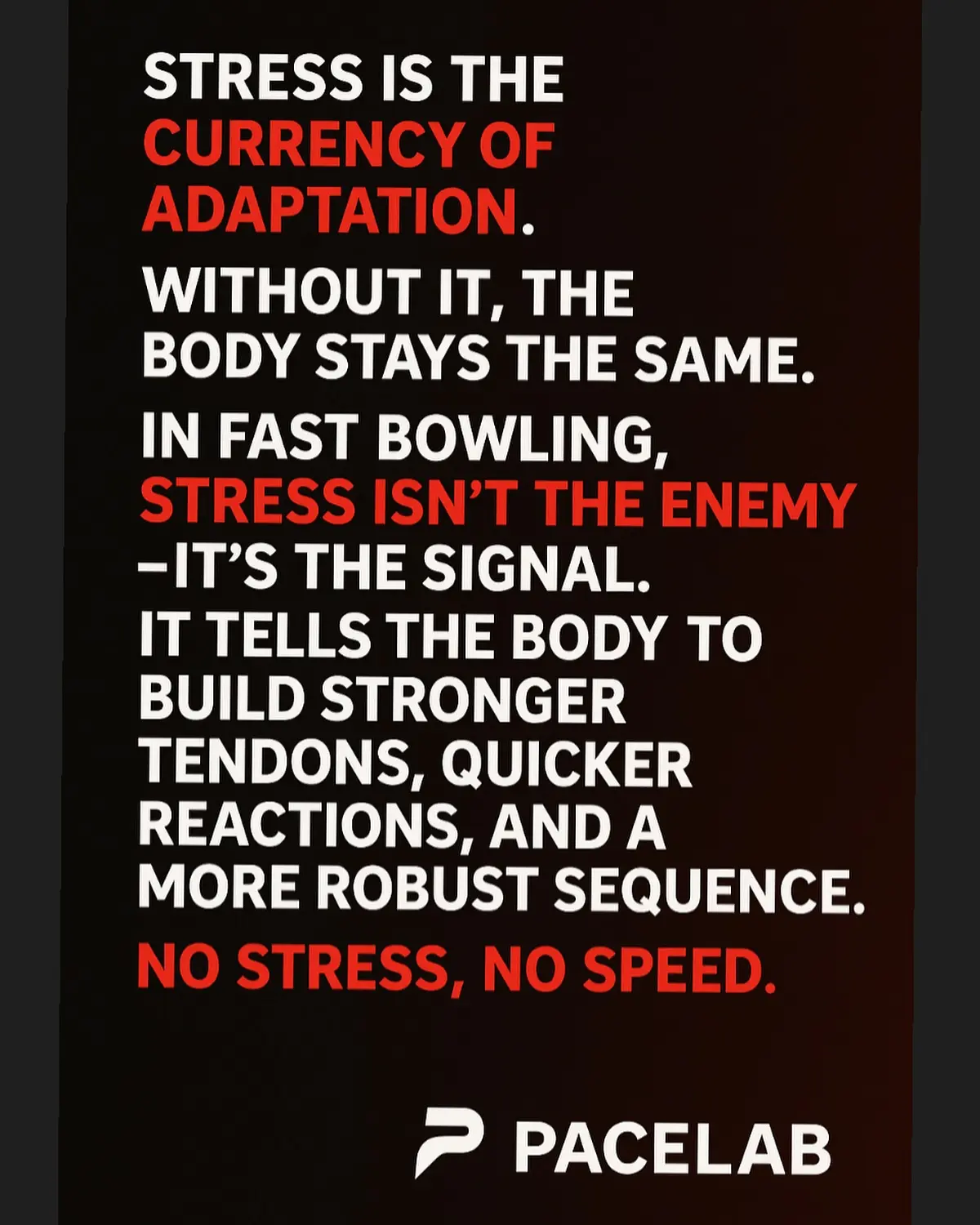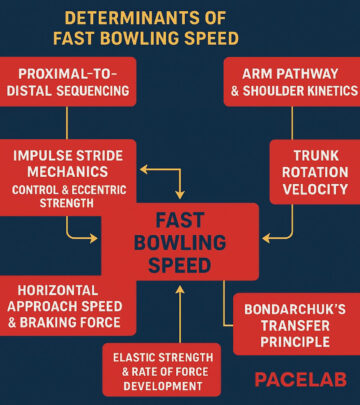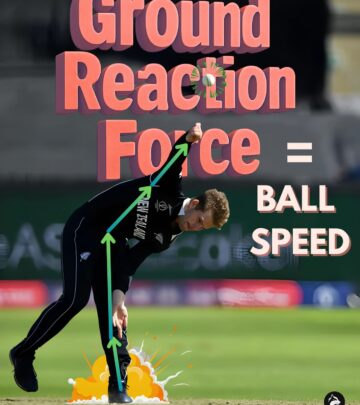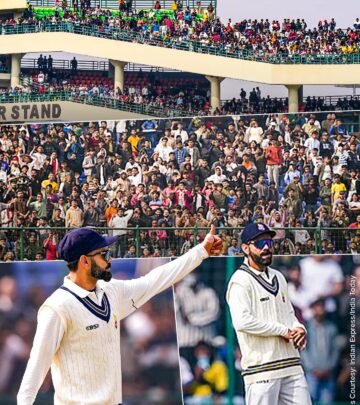Fast Bowling’s Stress-Driven Performance Revolution
Cutting-edge drills and smart load methods boost bowlers, redefining training intensity!!

Image: Instagram
Fast bowling’s evolution has always been a blend of technical finesse and raw physical power. Today, expert coach Steffan Jones and the PaceLab training system are redefining the way bowlers adapt to high-intensity demands, proving that stress isn’t an enemy—it’s an essential catalyst for peak performance.
Stress And Adaptation: The Essential Fast Bowling Mantra
In a recent post, coach Steffan Jones highlighted the core truth behind modern fast bowling training: “Stress is the Driver of Adaptation.” According to Jones, if a fast bowler isn’t challenged during strength and conditioning sessions, the risk is high that precious training time is wasted. He emphasized that while regeneration and mobility sessions play a supportive role, authentic progress comes from intentionally overloading the body. Overemphasis on injury prevention at the expense of performance enhancement can stall a bowler’s development.
At the heart of his message is a data-driven approach that underscores the enormous forces a bowler’s body experiences. During a typical delivery, the back foot contact of a bowler encounters forces up to four times their bodyweight, while the front foot contact sees an astonishing nine times the bodyweight. These figures, far from being arbitrary, are benchmarks that illustrate the need for a highly specialized training system where stress exposure is not only welcomed but carefully managed.
Revolutionizing Fast Bowling Biomechanics
Jones explains that the role of a fast bowling coach extends well beyond that of a traditional strength instructor. Stress management becomes the cornerstone of every session. “Bowling fast demands the ability to absorb, withstand, and explode through massive forces,” he states, adding that training live with the PaceLab training system offers the intensity needed to create real performance gains. The philosophy here is simple: without regular exposure to high stress, bowlers stagnate. There is no adaptation and, ultimately, no extra pace is developed.
The approach detailed by Jones is not about overtraining or risking injury through reckless overload. Instead, it relies on a smart, periodized plan that walks a fine line between stimulating the muscles and allowing for adequate recovery. The system is designed to know exactly when to push athletes to create the desired change and when to ease off so that regeneration can occur. In his own words, “We’re not just strength coaches — we’re stress managers,” a phrase that resonates with any athlete who understands that performance is built not on ease, but on the controlled application of stress.
Beyond the raw numbers and the physical metrics, Jones advocates for a comprehensive view. He reminds fast bowlers that technical skills and the minutiae of motion cannot be ignored. He asks, “Are you stressing your keen about the smaller details or being stressed doing the things that create change?” His message is clear: it isn’t enough to simply go through the motions; every drill and exercise must be designed to challenge the body at a level that induces useful adaptations.
Integrating Science With Practice
The PaceLab training program is deeply rooted in scientific principles. Drawing on biomechanical research and real-time data, the training system ensures that athletes are exposed to the exact kind of load that creates beneficial adaptations. This isn’t about following trends or indulging in unfounded hype. It is a precise, measured approach that rejects fluff and focuses solely on what works. In previous sessions shared on social media, Jones and his team have showcased how the application of complex loading strategies has led to notable improvements in key performance drivers, such as run-up speed, impulse stride, back foot control, and arm speed.
In detailed breakdowns from earlier posts, the program’s methodology involves splitting training into different loading strategies—complex, conjugate, and concentrated loading. Each strategy is tailored to address specific components of the bowling action. For instance, while the back foot contact (BFC) stability is critical to energy transfer, the overall synchronization of the kinetic chain is what ultimately translates into ball speed. These principles are further reinforced by a series of drills that challenge bowlers to maintain strong technique under conditions of high stress.
What sets this approach apart is its focus on adaptive change. Rather than relying solely on traditional prehab work, the PaceLab system incorporates live training scenarios that mimic real match conditions. This exposure to real-world forces means that bowlers can better prepare their bodies for the intense demands of competitive play. As one can see from the shared Instagram posts, the emphasis on precision, speed, and controlled overload is central to the program’s success.
Conclusion
Fast bowling’s dynamic realm now has a new paradigm driven by science, precision, and strategic stress management. With elite coaches like Steffan Jones leading the charge, the focus has shifted from merely preventing injury to enhancing performance through targeted overload. The data speak for themselves—training under conditions that simulate the massive forces experienced during delivery is essential for making the critical adaptations needed to bowl faster and more efficiently. Steffan Jones’ advocacy for stress-driven training is a call to bowlers everywhere: embrace the challenge, trust the process, and join the evolution of fast bowling performance.
This revolution in fast bowling training not only underscores the importance of disciplined overload but also bridges the gap between traditional techniques and modern sports science. A smart periodized plan is the key to unlocking new levels of performance while preserving athlete health. With PaceLab, the future of fast bowling is not just a dream—it’s a rigorously tested, scientifically backed reality.
Read full bio of Joyce



















